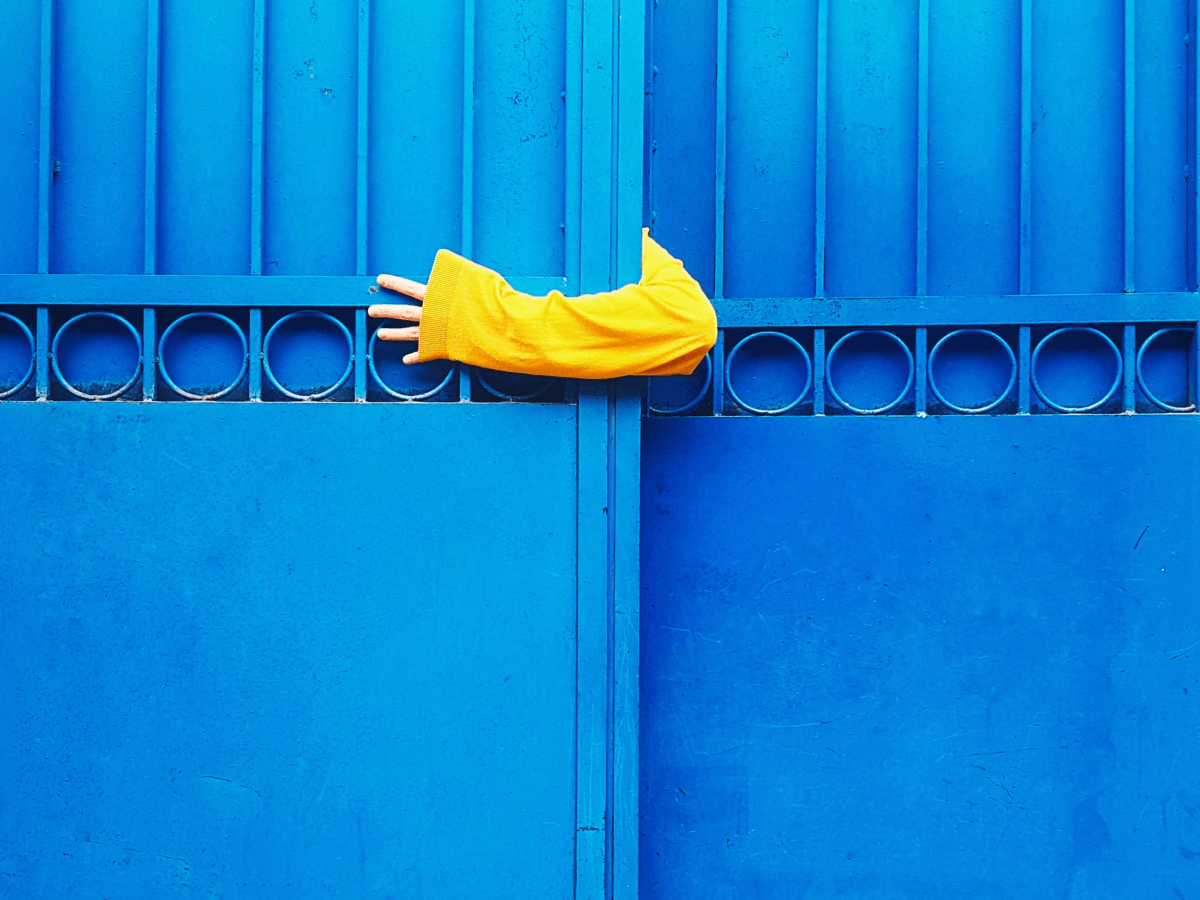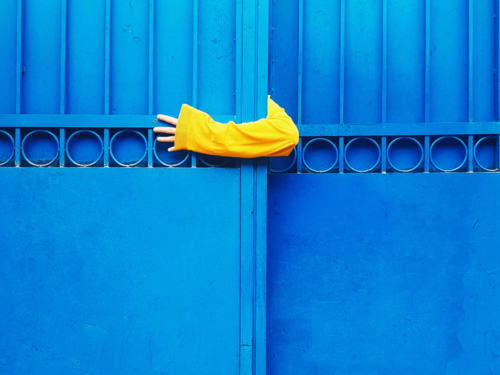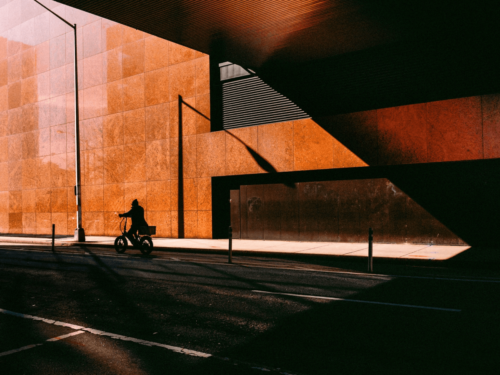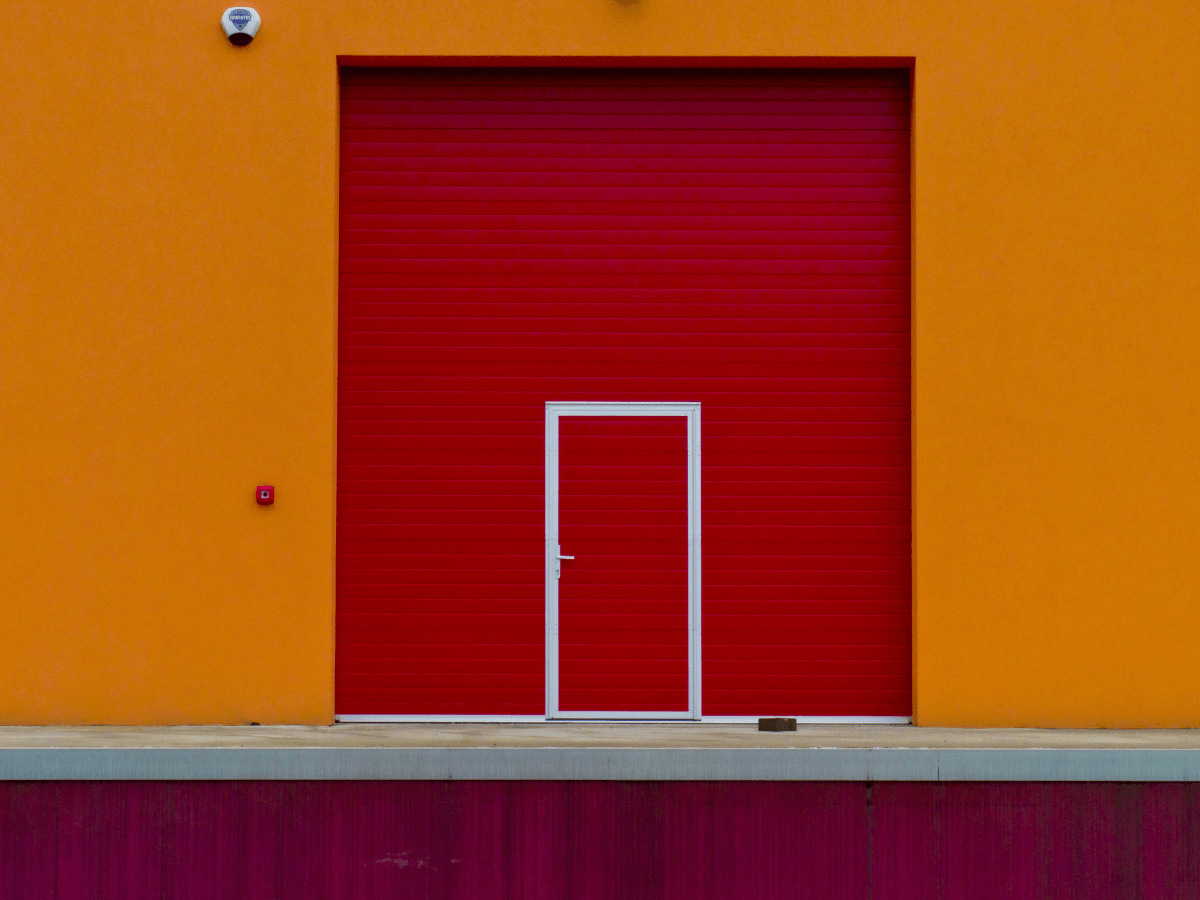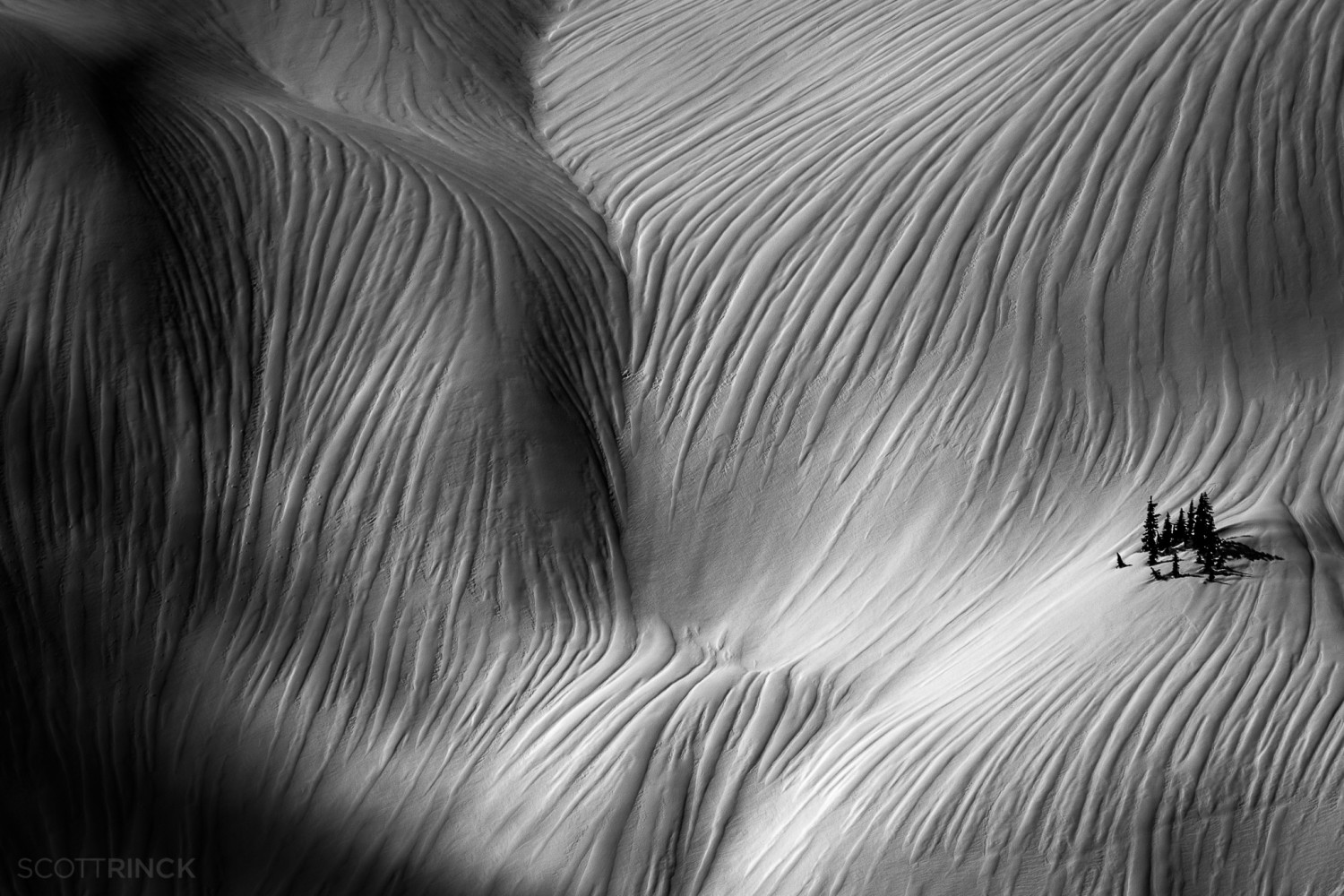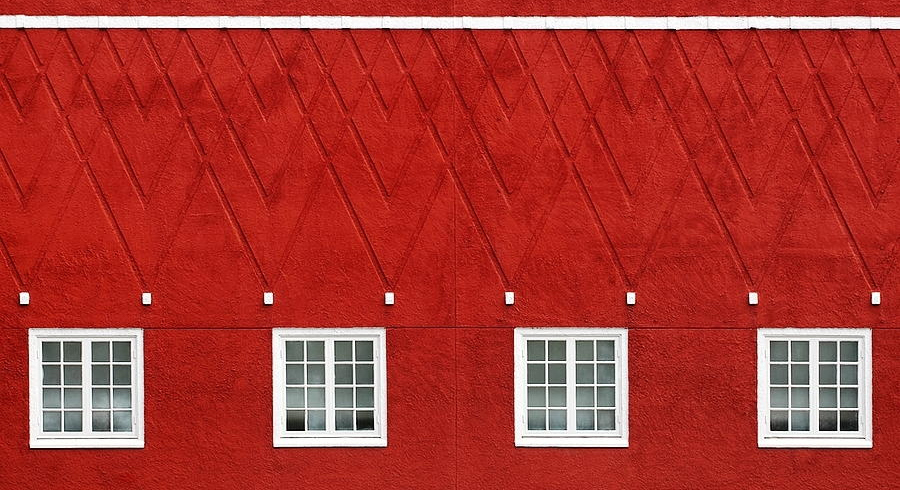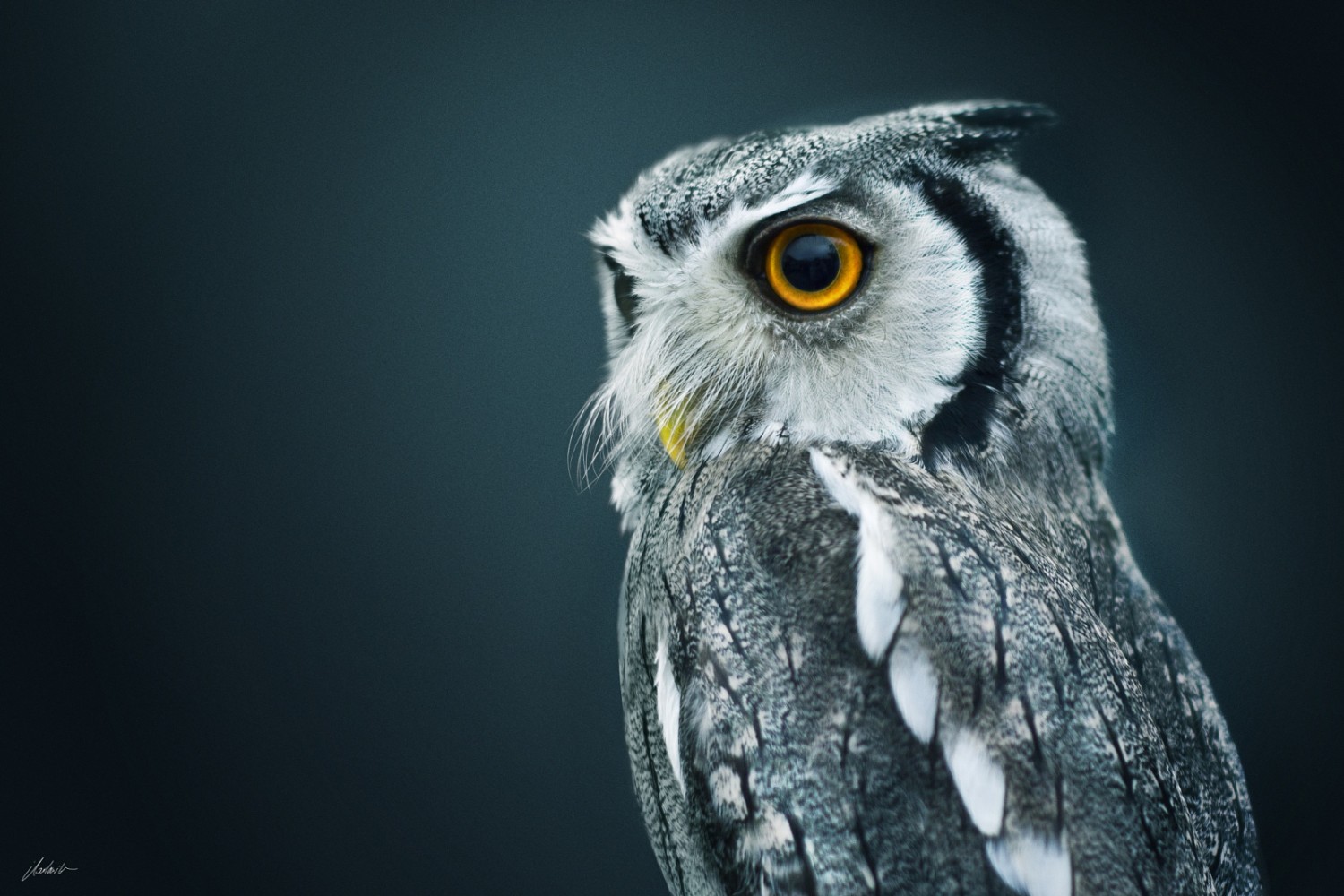Minimalist color photography thrives on simplicity, clarity, and restraint, using limited color palettes and streamlined compositions to create powerful visual impact. This style strips away distractions, emphasizing the essential elements of the scene and allowing photographers to convey strong emotions and clear narratives effectively.
Embracing Simplicity
Minimalism isn’t about having fewer elements for the sake of simplicity alone; it’s about intentionality. Every aspect of your photograph—color, composition, and subject—should serve a clear purpose and contribute meaningfully to the image’s overall impact.
- Limited Colors: Restricting your palette to a few colors or shades enhances visual clarity and emotional resonance.
- Focused Subject: Clearly defined subjects with significant negative space help viewers immediately grasp the narrative or emotion you’re conveying.
Choosing Colors for Emotional Impact
In minimalist photography, your color choices are critical. Each hue carries emotional weight and meaning:
- Monochromatic Schemes: Utilizing shades of a single color can create elegant, unified, and tranquil images.
- Subtle Contrasts: Gentle contrasts in minimalist photos—such as muted pastels paired with soft neutrals—generate quiet, compelling visual interest.
- Bold Accents: Introducing a single vibrant color against an otherwise neutral background can create dramatic visual tension, guiding the viewer’s eye directly to your subject.
Composition for Maximum Effect
Achieving successful minimalist photography relies heavily on thoughtful composition:
- Negative Space: Extensive use of negative space emphasizes your subject, creating a serene yet compelling aesthetic.
- Rule of Thirds and Symmetry: Utilize basic compositional techniques like the rule of thirds or symmetry to structure your image effectively, reinforcing clarity and visual harmony.
- Minimal Details: Each detail included should significantly enhance your composition; extraneous elements dilute the minimalist impact.
The Role of Lighting in Minimalism
Lighting is essential to minimalist photography, significantly affecting mood and visual appeal:
- Soft Lighting: Diffuse, gentle lighting helps maintain visual simplicity, reducing harsh contrasts and promoting a tranquil mood.
- Directional Light: Controlled use of directional lighting can add subtle texture and depth, highlighting essential elements without introducing unnecessary complexity.
Refining Your Minimalist Vision
Minimalist photography challenges photographers to see beyond the surface, demanding careful planning and thoughtful execution. Cultivate the discipline to exclude unnecessary elements and focus solely on essential details. This approach allows the viewer to connect instantly with your message or emotion, leaving a lasting impression.
Minimalist color photography demonstrates the profound power of simplicity. By embracing restraint, carefully choosing your colors, mastering composition, and thoughtfully utilizing lighting, you can create visually impactful photographs that deeply resonate with your audience.
Explore minimalism in your photographic practice, and discover the strength and clarity of saying more with less.
Extended reading: Transforming ordinary scenes with vibrant colors

